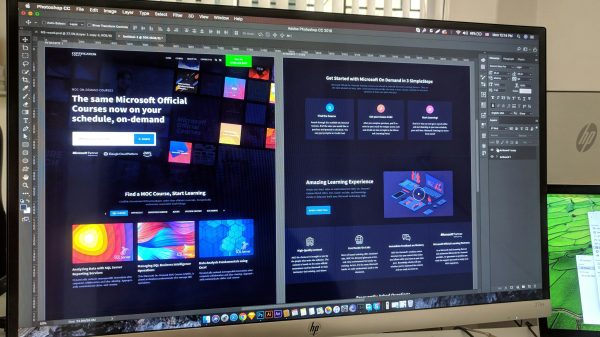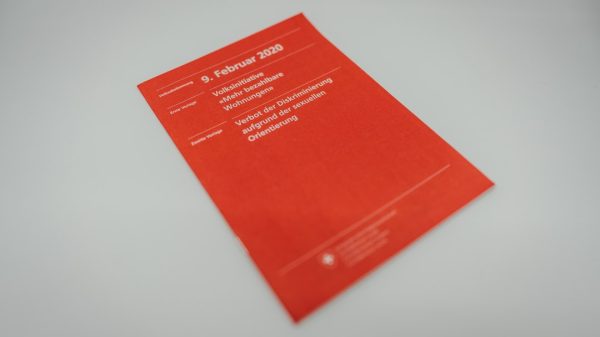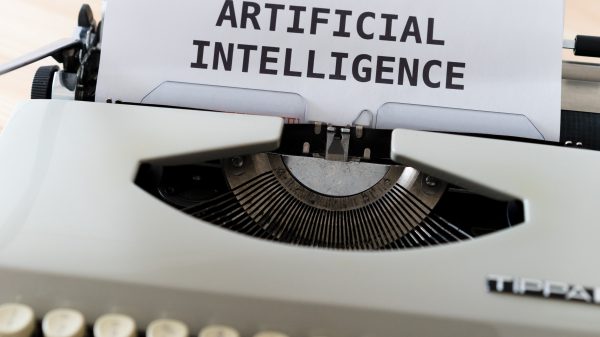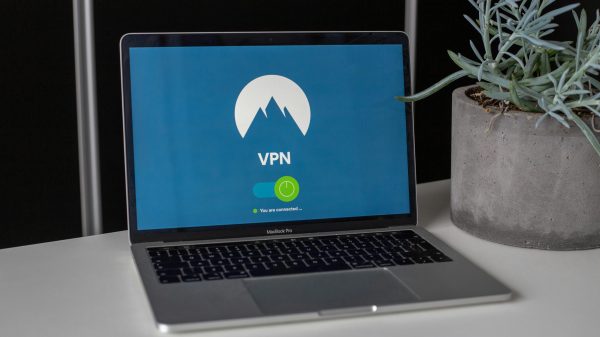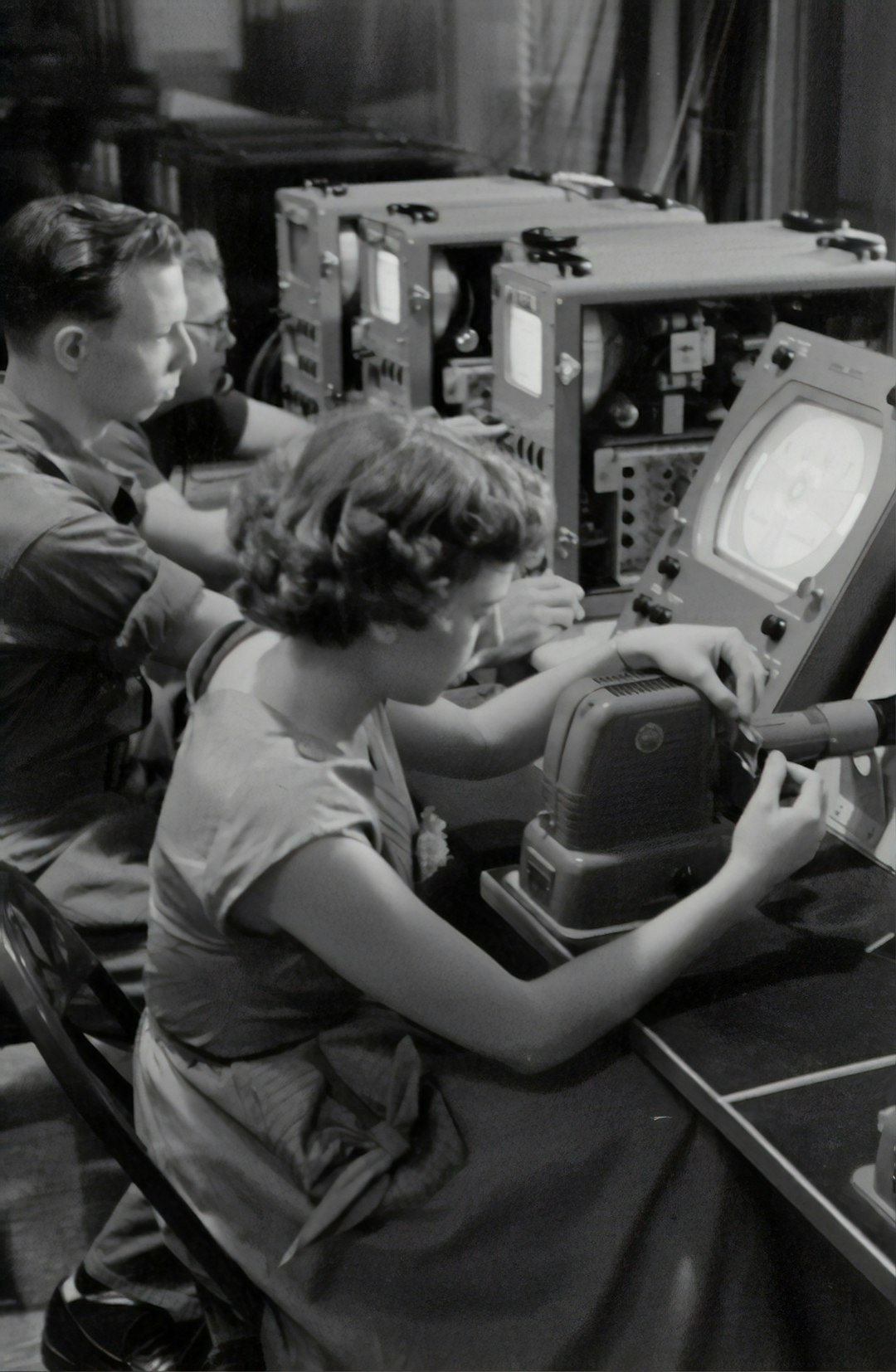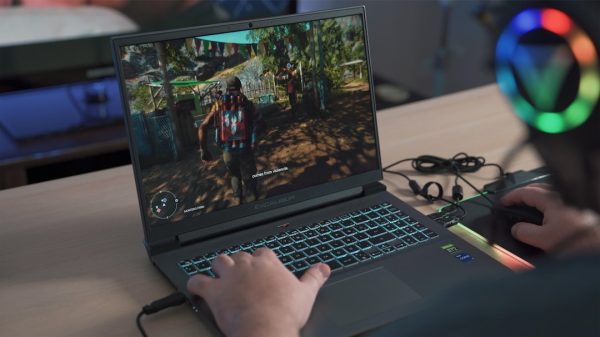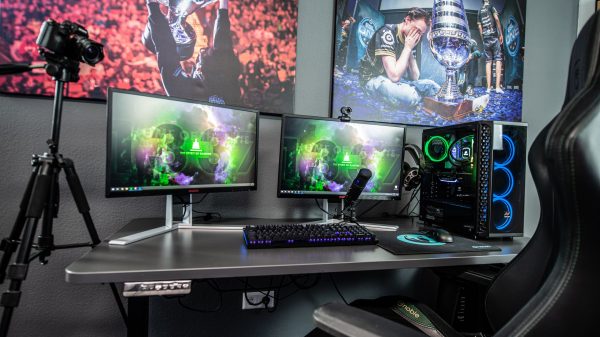OPVL is a method used to analyze sources. It stands for Origin, Purpose, Value, and Limitation. But today, we are focusing on one key part—the “L” in OPVL.
The “L” in OPVL stands for Limitation. This is where we think about what might be missing or biased in a source. No source is perfect. Every document, photo, or speech has some kind of limitation.
Why Are Limitations Important?
Imagine you are solving a puzzle, but a few pieces are missing. You can still see most of the picture, but it’s not complete. That’s how historical sources work. They give useful information, but they might leave out important details.
Understanding limitations helps us:
- Avoid being misled by biased information.
- Think critically about what we read.
- Use multiple sources to get the full story.
Common Types of Limitations
There are many ways a source can be limited. Here are some of the most common ones:
1. Bias
Everyone has opinions, even authors. A source might favor one side of a story and leave out the other perspective.
2. Time Constraints
Was the source created quickly? Sometimes, when events happen fast, details are incorrect or missing.
3. Limited Knowledge
The author of a source might not know everything. If they are writing about another culture or country, they could make mistakes.
4. Propaganda
Some sources are made to influence opinions. Governments, organizations, or companies sometimes create documents to spread a specific message.
5. Missing Perspectives
Does the source reflect all sides? If a speech is given by a king, we may not hear the voices of ordinary people.
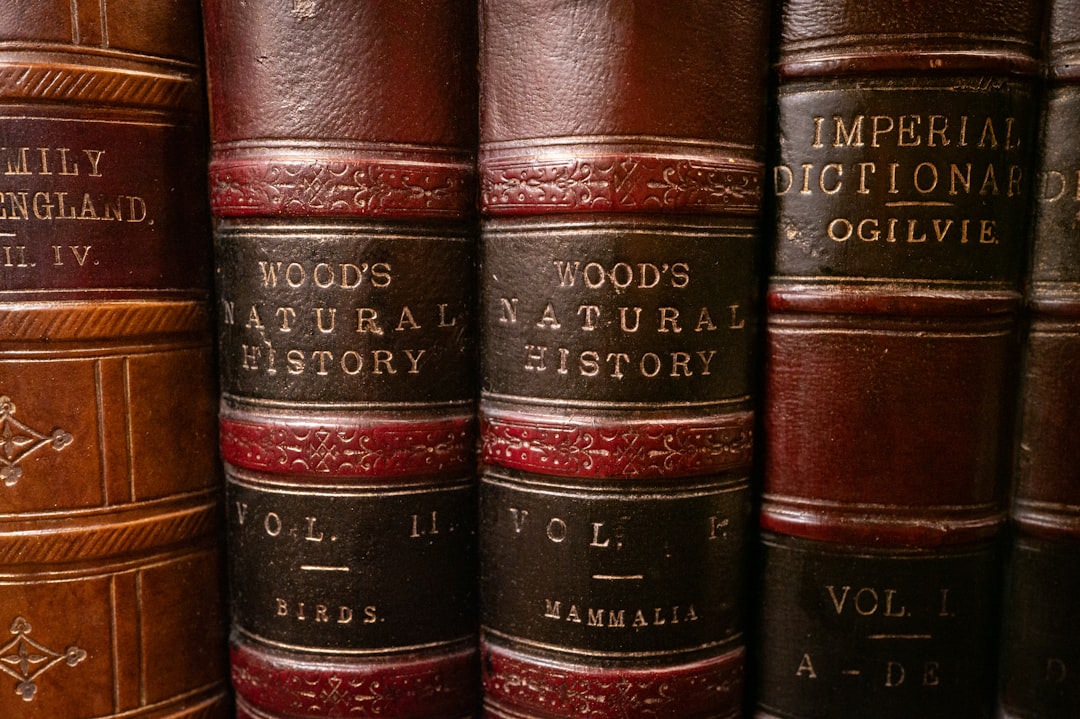
Examples of Limitations
Let’s look at some real-world examples:
- A soldier’s diary from World War I: It gives a personal view, but it might not reflect what all soldiers experienced.
- A newspaper article: Newspapers have editorial choices. They decide what stories to cover and how to present them.
- A politician’s speech: Speeches often highlight successes but ignore failures.
How to Spot Limitations
Want to become an expert at spotting limitations? Follow these steps:
- Ask who wrote the source: The writer’s background can influence their perspective.
- Look at when it was created: Older sources may lack modern knowledge. Newer sources might rewrite history.
- Check for exaggeration: Does the source use strong language or make bold claims?
- Compare with other sources: If multiple sources tell different stories, think about why.
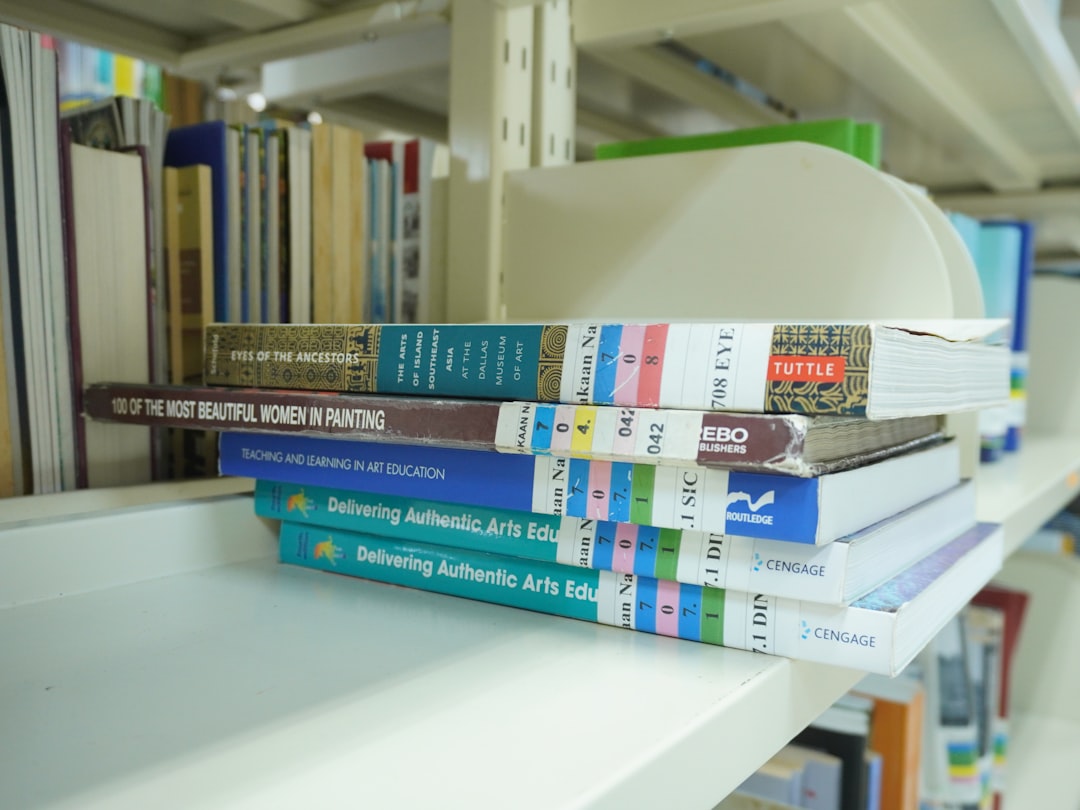
Why This Matters in History
Historical sources shape our understanding of the past. If we do not check limitations, we might believe a “one-sided” version of history.
For example:
- A history book written in one country might describe a war differently than a book from another country.
- A painting of a historical event might not show what actually happened but rather what the artist wanted people to believe.
Final Thoughts
Now you know what the “L” in OPVL stands for—Limitation. Every source, no matter how valuable, has its limits. By learning to identify them, we become better at understanding history, news, and even social media today.
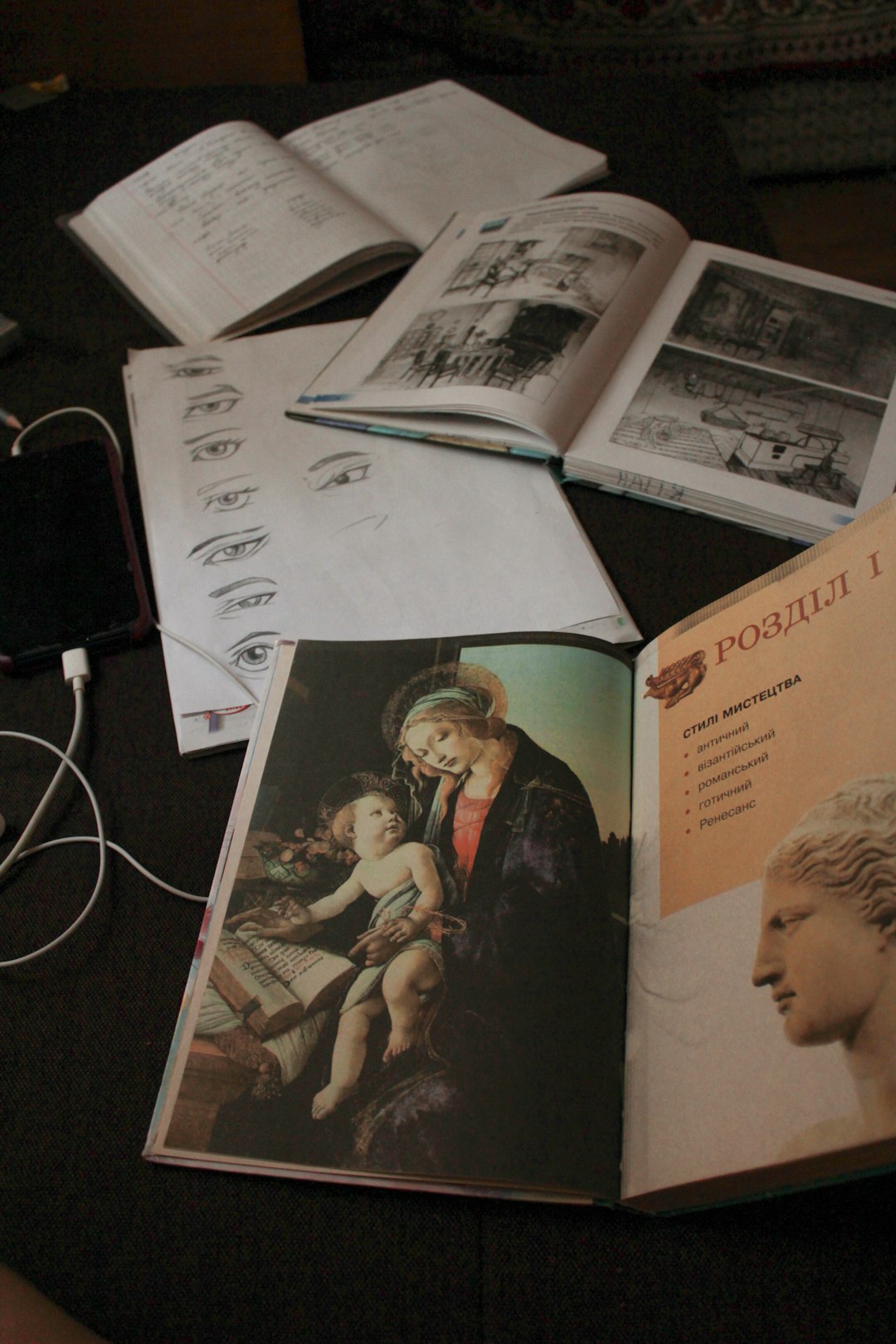
The next time you analyze a source, ask yourself: What is missing? What is the author not telling me? That’s the key to being a smart researcher!





